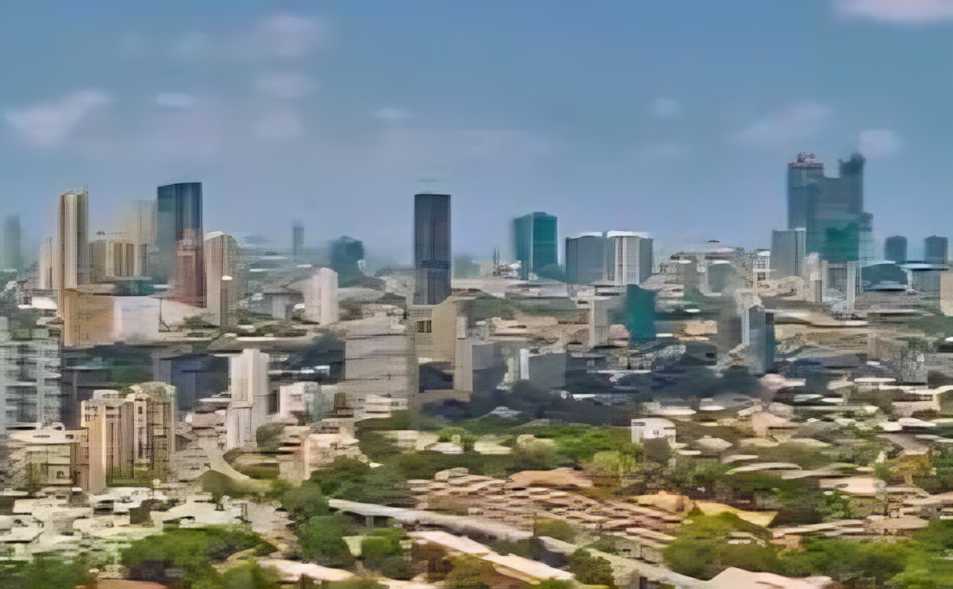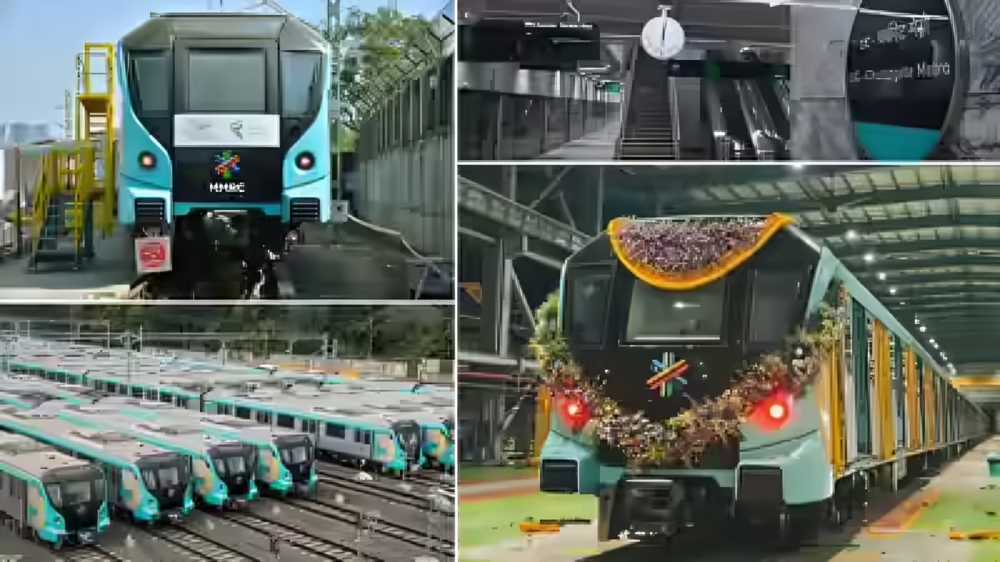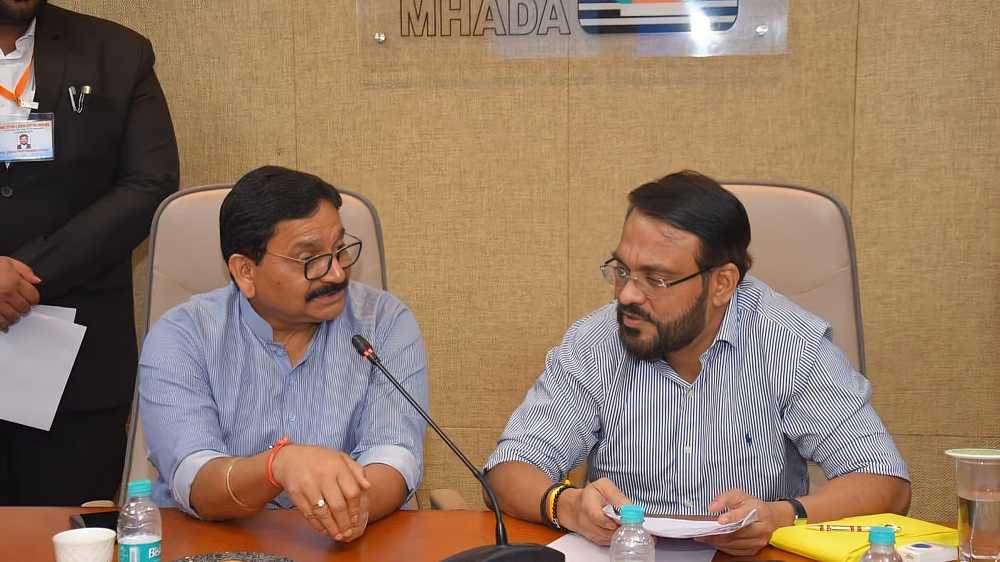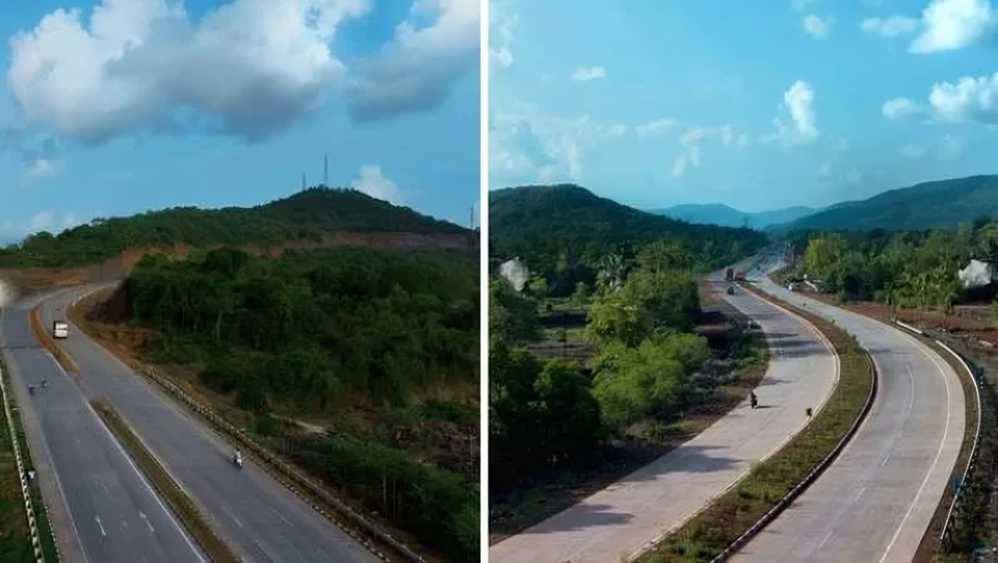Mumbai’s skyline is on the cusp of a historic transformation, with over 910 housing societies initiating redevelopment between 2020 and mid-2025, according to Knight Frank’s 2025 Mumbai Redevelopment Handbook. The projects collectively unlock more than 326.8 acres of buildable land, marking a shift from mere structural renewal to strategic, community-led urban revitalisation.
The report highlights that the city’s Western suburbs dominate the redevelopment surge, with 633 projects spanning 235 acres. Localities such as Borivali, Andheri, Malad, Bandra, and Thane are at the forefront, projected to deliver 44,277 new homes by 2030, valued at Rs 1,305 billion.
A key catalyst behind this boom is the Development Control and Promotion Regulations (DCPR) 2034, which introduced flexible Floor Space Index (FSI) norms and incentives for cluster, MHADA, and slum rehabilitation projects. Plots on 18-metre-wide roads can now utilise FSI up to 5.4, expanding development potential across the city.
Another transformative trend is self-redevelopment, where residents are taking control of financing and planning. The July 2025 guidelines have streamlined approvals and improved access to co-operative bank funding. Knight Frank calls this a “cultural shift—residents as planners, not just participants.”
While optimism runs high, challenges persist—projects often take 8–11 years, straining communities through displacement, title disputes, and consensus delays. Developers, however, see this as an opportunity to rebuild Mumbai with vision and legacy.
“Redevelopment allows us to unlock Mumbai’s latent potential. It’s personal—many buildings we’re reimagining today were first built by my grandfather,” said Ram Raheja, Managing Director, S Raheja.
Echoing this, Dr Niranjan Hiranandani, Chairman, Hiranandani Group, described redevelopment as a “lifeline for a land-starved Mumbai,” adding, “By transforming old, dilapidated buildings into modern, well-designed homes, we’re enhancing the city’s quality of life and sustainability.”
As Knight Frank concludes, Mumbai’s next chapter lies in “designing for dignity,” where heritage meets modernity, and redevelopment becomes a symbol of inclusive urban renewal.
Source: Business World





